Search
Remove Ads
Advertisement
Summary 
Loading AI-generated summary based on World History Encyclopedia articles ...
Search Results
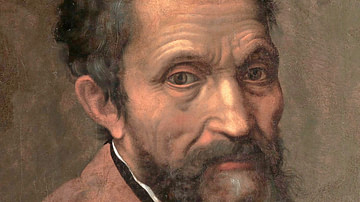
Definition
Michelangelo
Michelangelo (1475-1564 CE) was an Italian artist, architect and poet, who is considered one of the greatest and most influential of all Renaissance figures. His most celebrated works, from a breathtaking portfolio of masterpieces, include...

Article
Michelangelo's Sistine Chapel Ceiling
In 1508 CE the Pope commissioned the celebrated Florentine sculptor and painter Michelangelo (1475-1564 CE) to paint scenes on the ceiling of the Vatican's Sistine Chapel. The walls of the chapel had already received decoration from some...
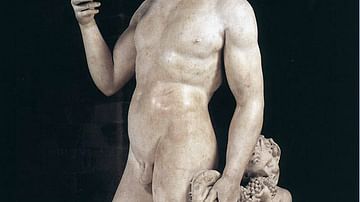
Article
Copies & Fakes in Art during the Renaissance
The Renaissance period witnessed a great renewed interest in the art of antiquity. There was an appreciation of the technical skill required to produce such objects as a Roman marble figure of Venus and an admiration for the form and beauty...

Image
Michelangelo by Daniele da Volterra
A c. 1545 CE portrait of the Italian Renaissance artist Michelangelo (1475-1564 CE) by Daniele da Volterra. (Metropolitan Museum of Art, New York)
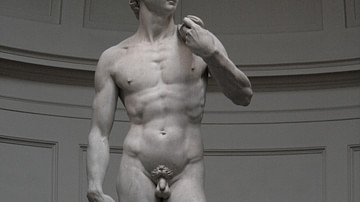
Image
Michelangelo's David
The marble statue of the biblical figure King David by Michelangelo, 1501-1504 CE. The figure is much larger than life size, around 5.20 metres (17 feet) tall. (Academia Gallery, Florence)
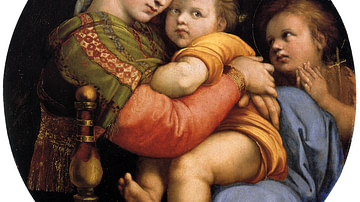
Definition
Raphael
Raphael (1483-1520) was an Italian painter and architect who is regarded as one of the greatest of Renaissance artists alongside Michelangelo (1475-1564) and Leonardo da Vinci (1452-1519). Raphael's works are celebrated for their harmonious...
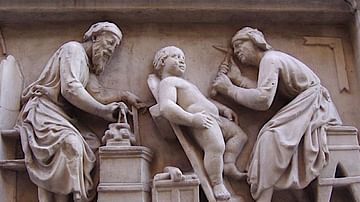
Article
Life in a Renaissance Artist's Workshop
The majority of great Renaissance works of art were produced in large and busy workshops run by a successful master artist and his team of assistants and apprentices. Here, too, more mundane art was produced in larger quantities to meet the...
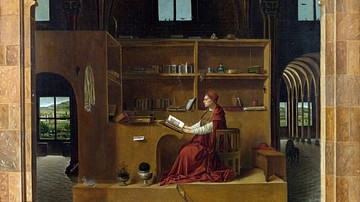
Definition
Renaissance Art
The art of the Renaissance period in Europe (1400-1600 CE) includes some of the most recognisable and best-loved paintings and sculptures in the world. Masters were often skilled in both painting and sculpture, and by studying the art of...
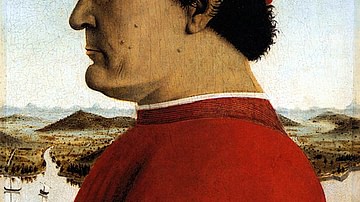
Article
Patrons & Artists in Renaissance Italy
During the Renaissance, most works of fine art were commissioned and paid for by rulers, religious and civic institutions, and the wealthy. Producing statues, frescoes, altarpieces, and portraits were just some of the ways artists made a...
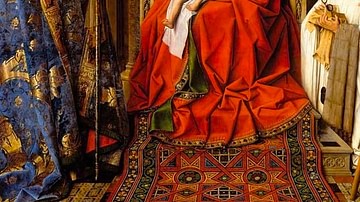
Article
Colour & Technique in Renaissance Painting
There were three principal painting techniques during the Renaissance: fresco, tempera, and oils. In all of these techniques, colour was an important part of the painter's armoury, allowing them to create images that would strike a chord...